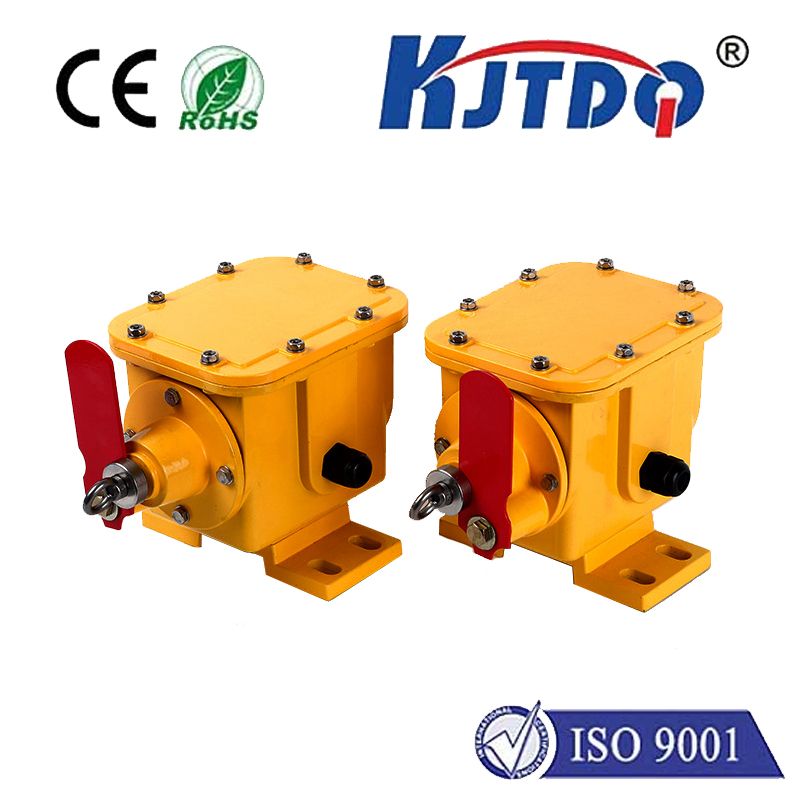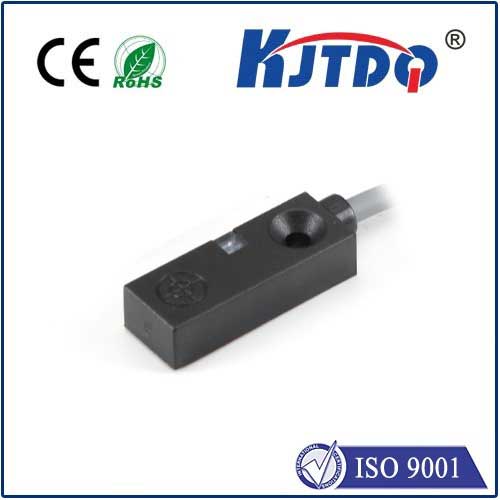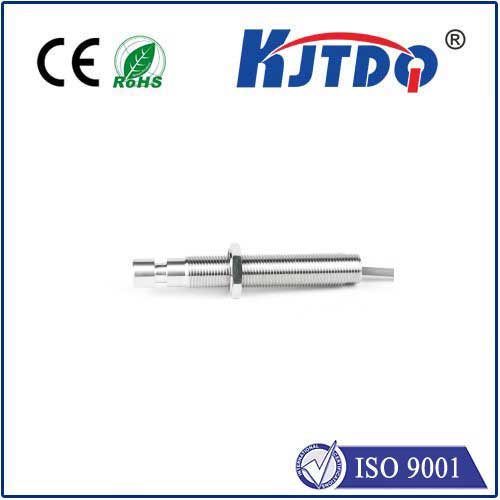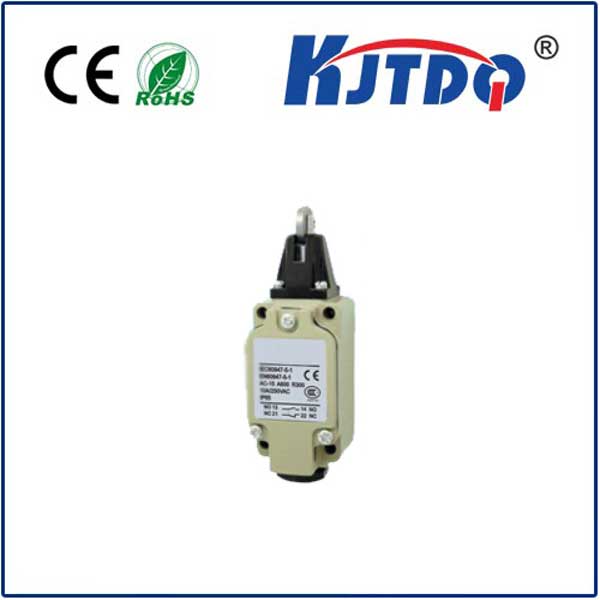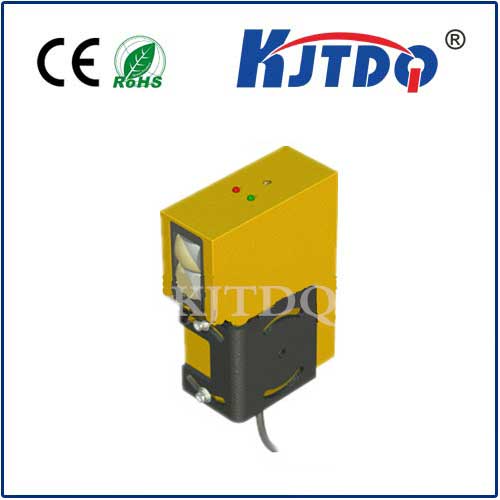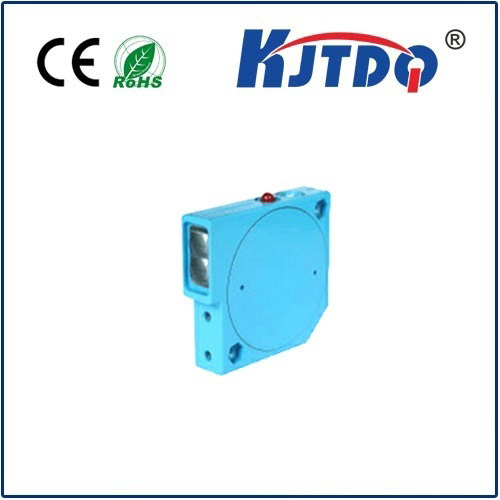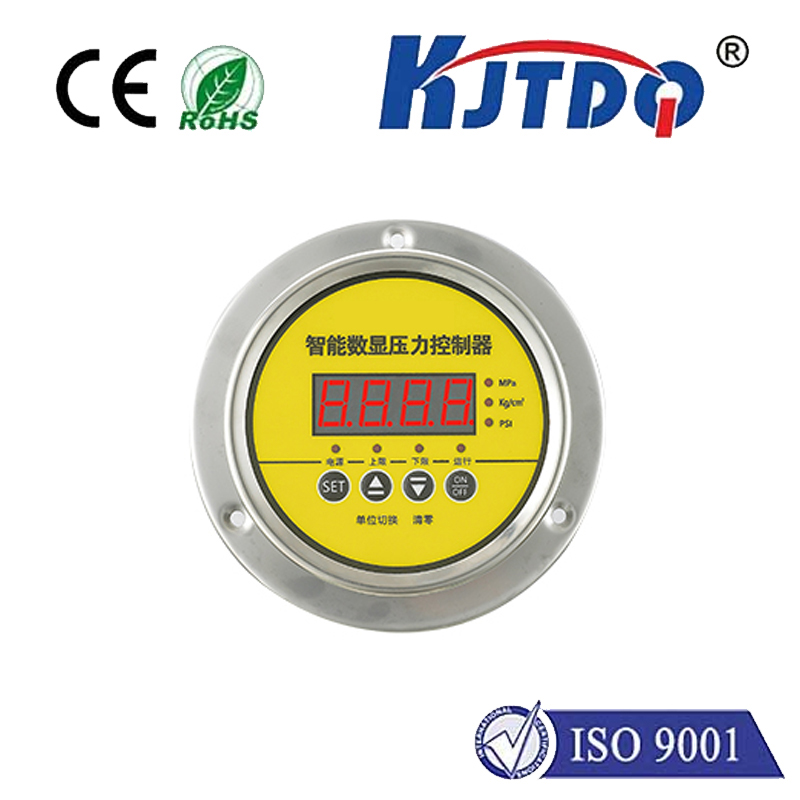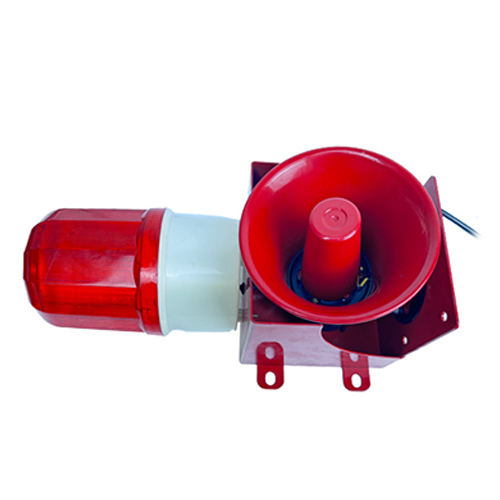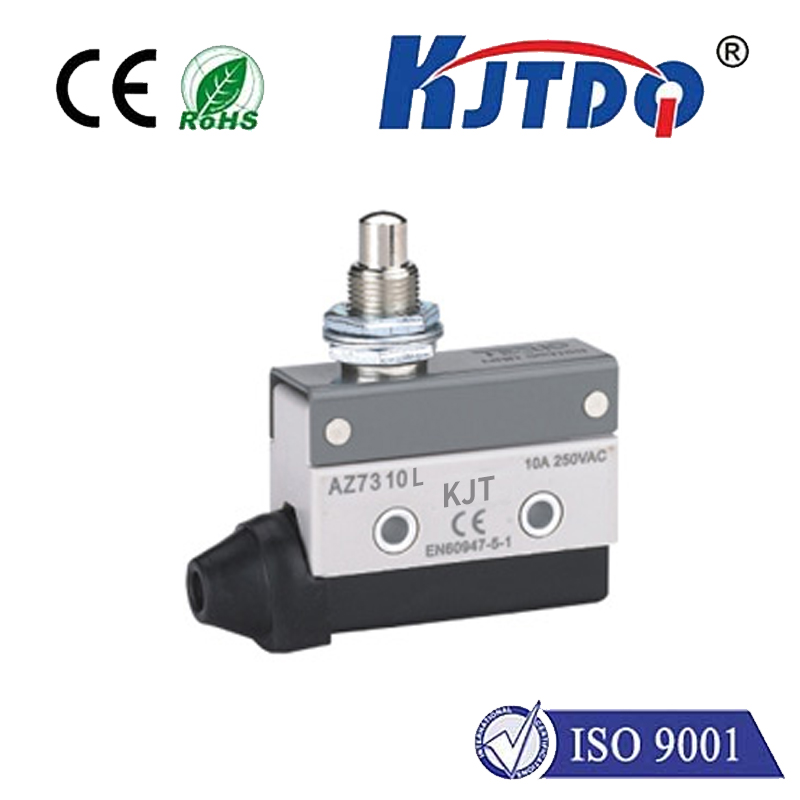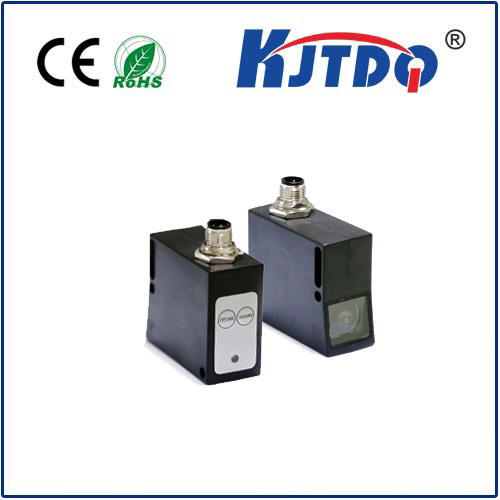

check

check

check

check
PZ-V73P Photoelectric Sensor: Enhancing Automation and Safety in Industrial Systems
The PZ-V73P photoelectric sensor is a vital component in modern industrial automation, designed to detect objects or movements with high precision and reliability. As a non-contact sensor, it offers an efficient and safe solution for various applications, from material handling to process control. This article explores the key features, working principle, and practical applications of the PZ-V73P photoelectric sensor, ensuring that readers gain a comprehensive understanding of its role in enhancing automation and safety.

The PZ-V73P photoelectric sensor is based on the principle of light reflection. It consists of two main parts: a light-emitting diode (LED) and a photodetector. The LED emits a beam of light, which is reflected back to the photodetector. If an object is present in the beam’s path, the photodetector detects the light interruption and triggers a response, such as activating a motor or stopping a machine. This non-contact detection method eliminates the risk of physical damage to the object or the sensor itself, making it ideal for use in environments where contact-based sensors may be impractical.
One of the most significant advantages of the PZ-V73P is its high sensitivity and accuracy. It can detect objects as small as a few millimeters, ensuring that even minor movements are picked up. The sensor is also highly durable, designed to withstand harsh industrial conditions, including dust, moisture, and temperature fluctuations. This durability makes it suitable for use in a wide range of applications, from packaging lines to assembly machines.
In addition to its technical specifications, the PZ-V73P is also known for its versatility. It can be configured for different detection modes, such as through-beam, direct-beam, and reflective beam, allowing it to be tailored to specific needs. This flexibility ensures that the sensor can be used in a variety of settings, from small-scale production lines to large industrial facilities.
Another key feature of the PZ-V73P is its ease of integration into existing systems. Modern industrial automation platforms often require sensors that can be quickly installed and configured. The PZ-V73P is compatible with a range of control systems, making it a popular choice for manufacturers looking to upgrade their automation infrastructure.
In conclusion, the PZ-V73P photoelectric sensor is a critical component in modern industrial automation, offering a reliable, efficient, and versatile solution for detecting objects and movements. Its non-contact detection, high sensitivity, and durability make it an ideal choice for a wide range of applications. As technology continues to advance, the role of photoelectric sensors like the PZ-V73P will only become more important in ensuring the efficiency and safety of industrial processes.
